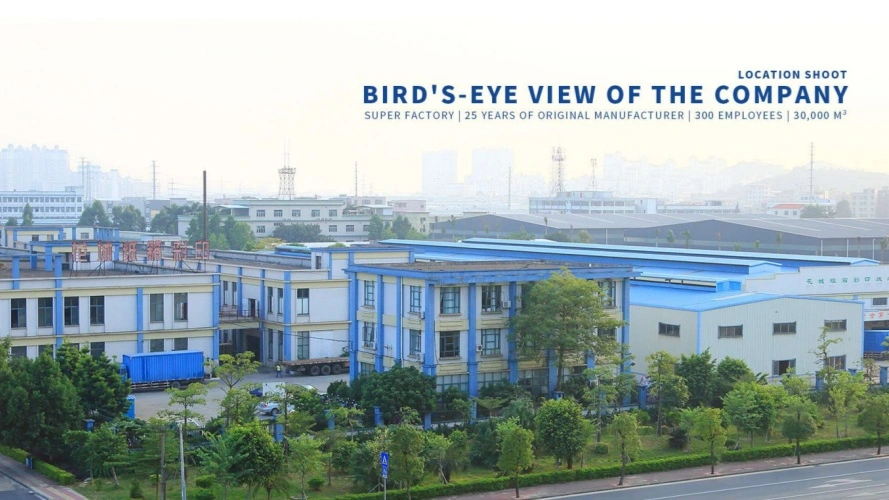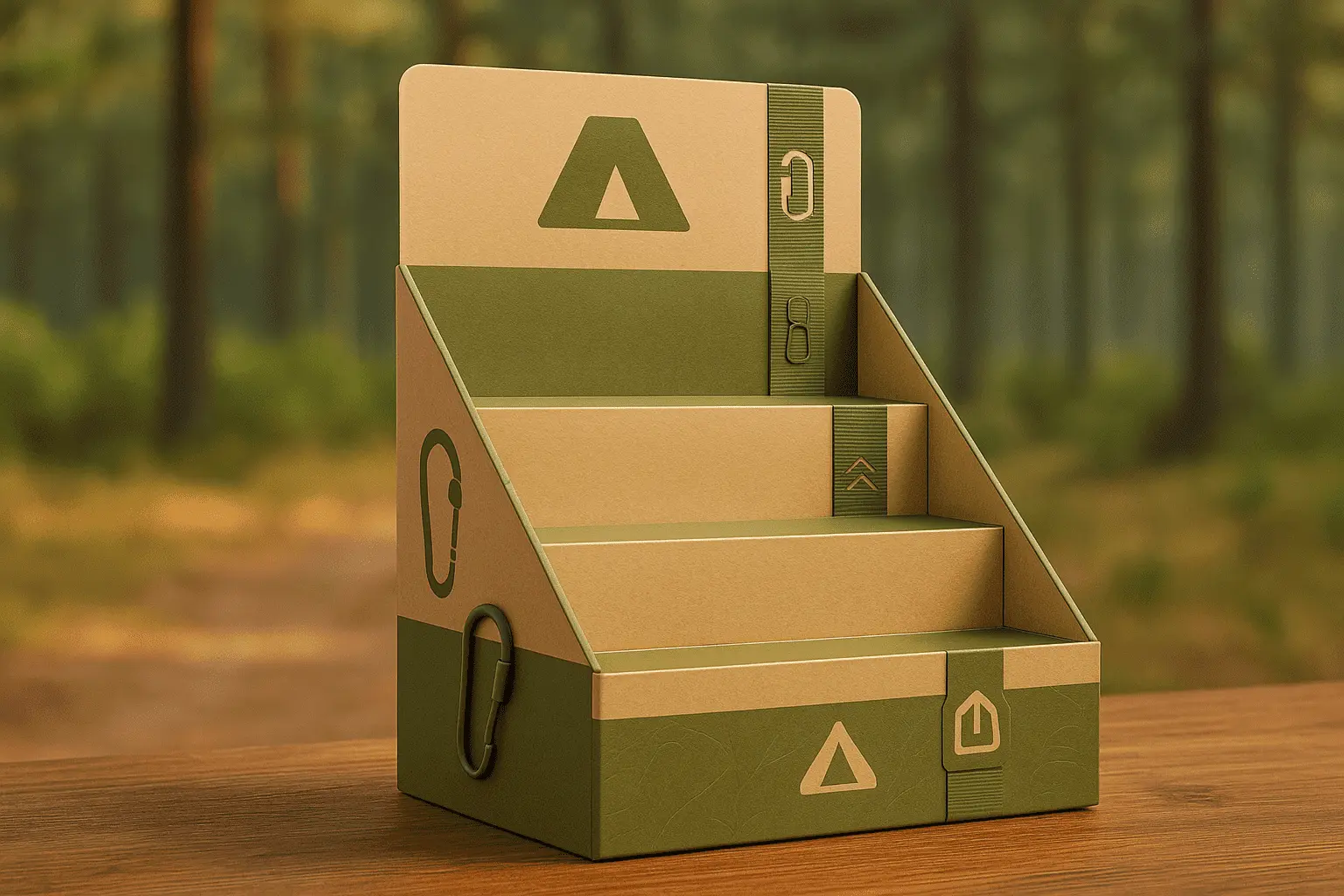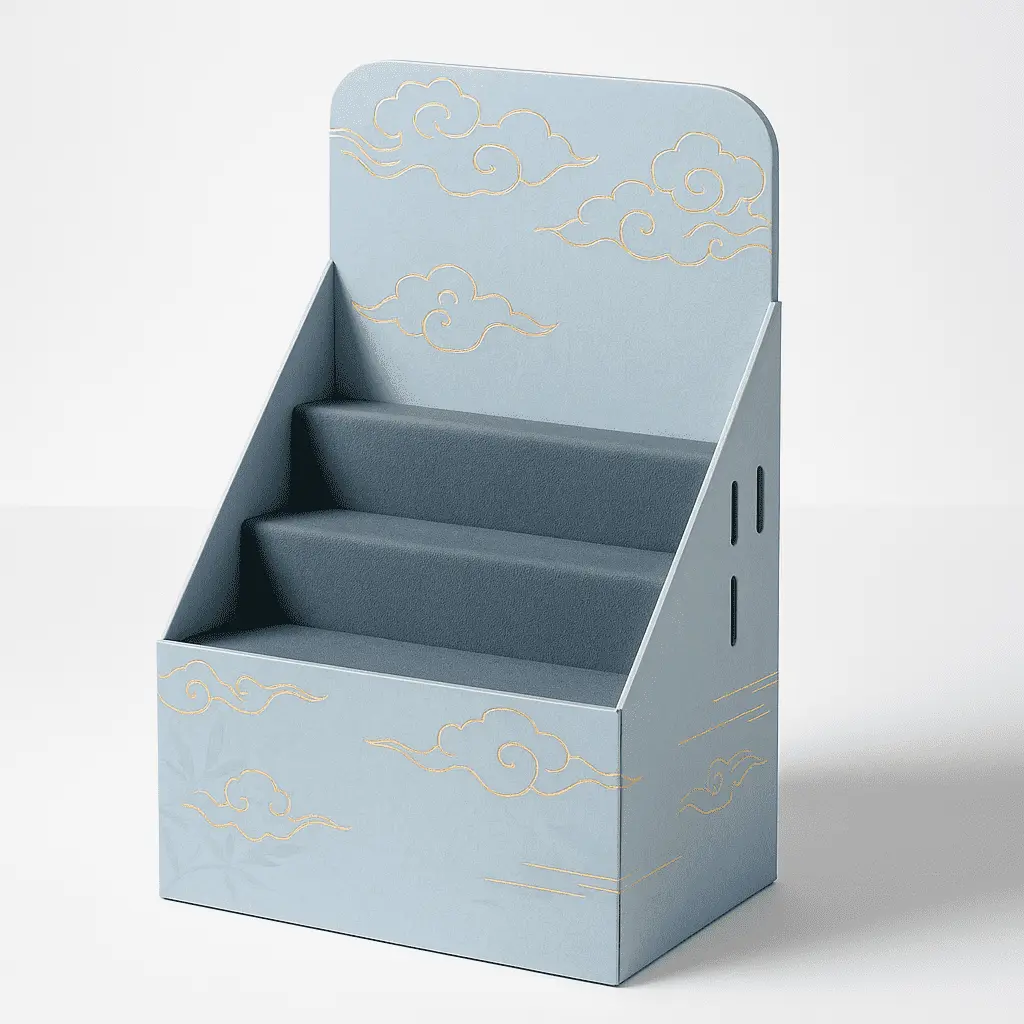Understanding the Differences Between Recycled and Virgin Paper
The Manufacturing Process
The journey from raw material to finished product differs significantly between recycled and virgin paper. Virgin paper begins its life cycle with fresh wood fibers, typically sourced from sustainably managed forests. The process involves pulping these fibers, bleaching them, and then pressing them into sheets. On the other hand, recycled paper starts with post-consumer waste, which undergoes de-inking, cleaning, and repulping before being formed into new paper products.
Environmental Impact
When considering the environmental footprint, recycled paper generally has the upper hand. It requires less energy and water to produce, and it diverts waste from landfills. However, the recycling process isn't without its own environmental costs, including the energy used in collection and processing. Virgin paper production, while more resource-intensive initially, supports sustainable forestry practices that can help maintain healthy ecosystems when managed responsibly.
Quality and Performance
Virgin paper is renowned for its strength, brightness, and smooth surface, making it ideal for high-quality printing and packaging applications. Recycled paper has made significant strides in quality but may still exhibit slight variations in color and texture. For mailing cartons, the choice between recycled and virgin paper can impact factors such as durability during shipping, moisture resistance, and overall presentation.
Factors to Consider When Choosing Paper for Mailing Cartons
Durability and Protection
The primary function of a mailing carton is to protect its contents during transit. Virgin paper, with its longer, stronger fibers, often provides superior strength and puncture resistance. This can be particularly important for shipping fragile items or when packages may encounter rough handling. Recycled paper can still offer adequate protection for many products, especially when used in multi-layered constructions or combined with other materials to enhance its protective qualities.
Brand Image and Consumer Perception
The choice of packaging material can significantly influence a brand's image. Using recycled paper for mailing cartons can demonstrate a company's commitment to sustainability, potentially resonating with environmentally conscious consumers. However, some luxury brands may prefer the premium look and feel of virgin paper to convey quality and exclusivity. It's essential to align packaging choices with overall brand values and target audience expectations.
Cost Considerations
The cost differential between recycled and virgin paper can fluctuate based on market conditions, availability, and production volumes. Historically, virgin paper has been less expensive due to more efficient production processes. However, as recycling technologies improve and demand for sustainable packaging grows, the price gap has narrowed. Companies must weigh the potential cost implications against other factors such as performance requirements and environmental objectives when selecting materials for their mailing cartons.
Innovative Solutions and Future Trends
Hybrid Materials
Recognizing the benefits and limitations of both recycled and virgin paper, some manufacturers are developing hybrid solutions for mailing cartons. These innovative materials combine recycled and virgin fibers to achieve an optimal balance of strength, appearance, and sustainability. Such hybrid options allow companies to capitalize on the advantages of both paper types while mitigating their respective drawbacks.
Alternative Fiber Sources
The packaging industry is exploring alternative fiber sources to diversify beyond traditional wood pulp. Materials such as bamboo, hemp, and agricultural residues are gaining traction as sustainable options for producing paper products, including mailing cartons. These alternatives often boast faster growth cycles and lower environmental impacts compared to conventional wood sources, offering new possibilities for eco-friendly packaging solutions.
Smart Packaging Technologies
As the e-commerce sector continues to expand, the role of mailing cartons is evolving beyond mere containment and protection. Smart packaging technologies, such as embedded sensors and QR codes, are being integrated into both recycled and virgin paper cartons. These advancements enable features like real-time tracking, tamper evidence, and enhanced customer engagement, adding value to the packaging regardless of its fiber source.
Conclusion
The choice between recycled and virgin paper for mailing cartons is not a one-size-fits-all decision. It requires a careful evaluation of various factors, including environmental impact, performance requirements, brand alignment, and cost considerations. While recycled paper offers clear environmental benefits, virgin paper maintains advantages in strength and print quality. As technology advances and consumer preferences evolve, hybrid solutions and alternative materials are emerging as promising options. Ultimately, the best choice for a company's mailing cartons will depend on its unique priorities and the specific needs of its products and customers.
Contact Us
Ready to explore sustainable packaging solutions for your business? Contact Guangzhou Huadu Fetching Color Printing and Packaging Co., Ltd. for expert advice on choosing the right materials for your mailing cartons. Our team can help you balance performance, aesthetics, and environmental responsibility to create packaging that aligns with your brand values and meets your operational needs. Reach out to us at support@fetchingprinting.com to start the conversation about optimizing your packaging strategy today.





